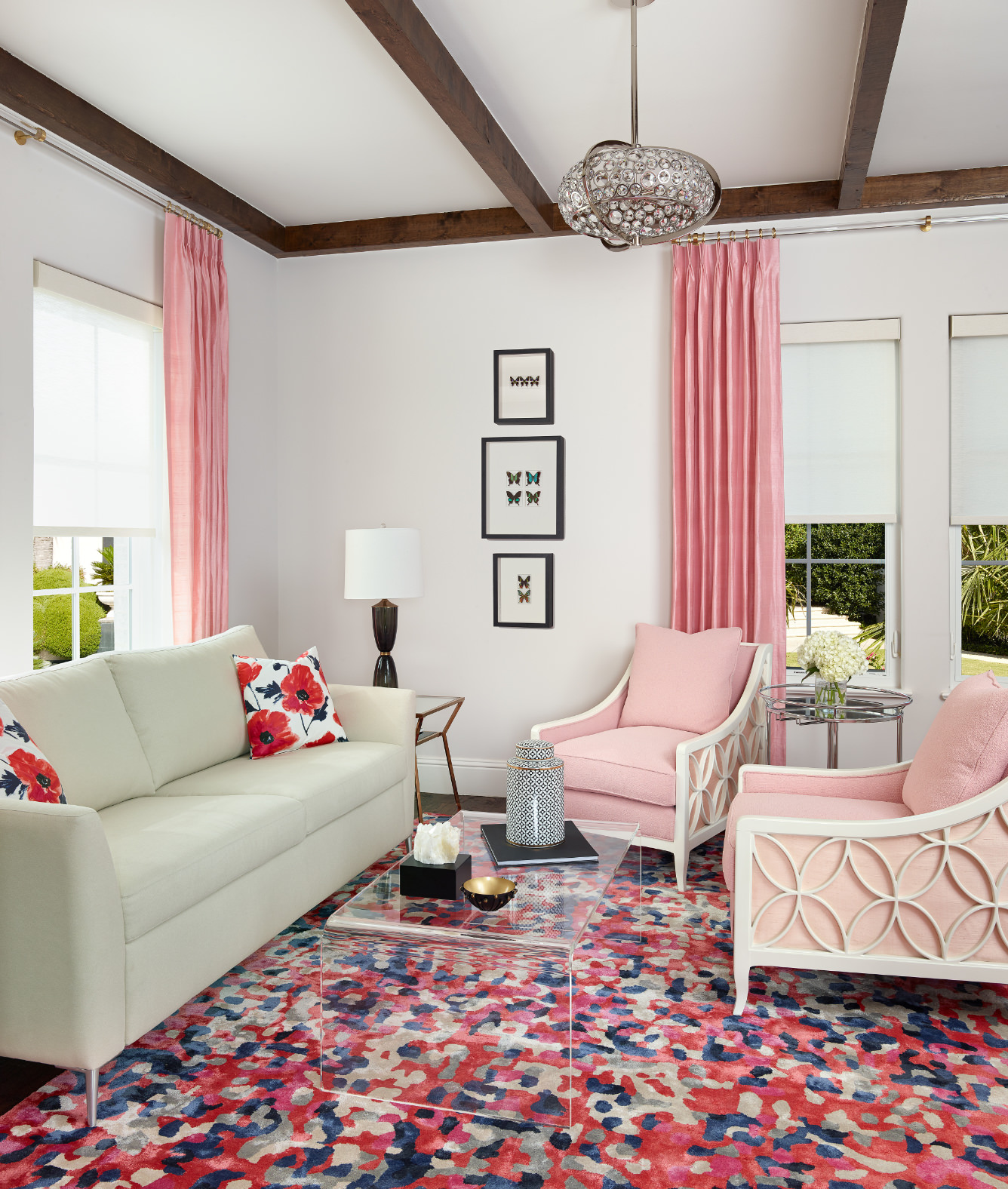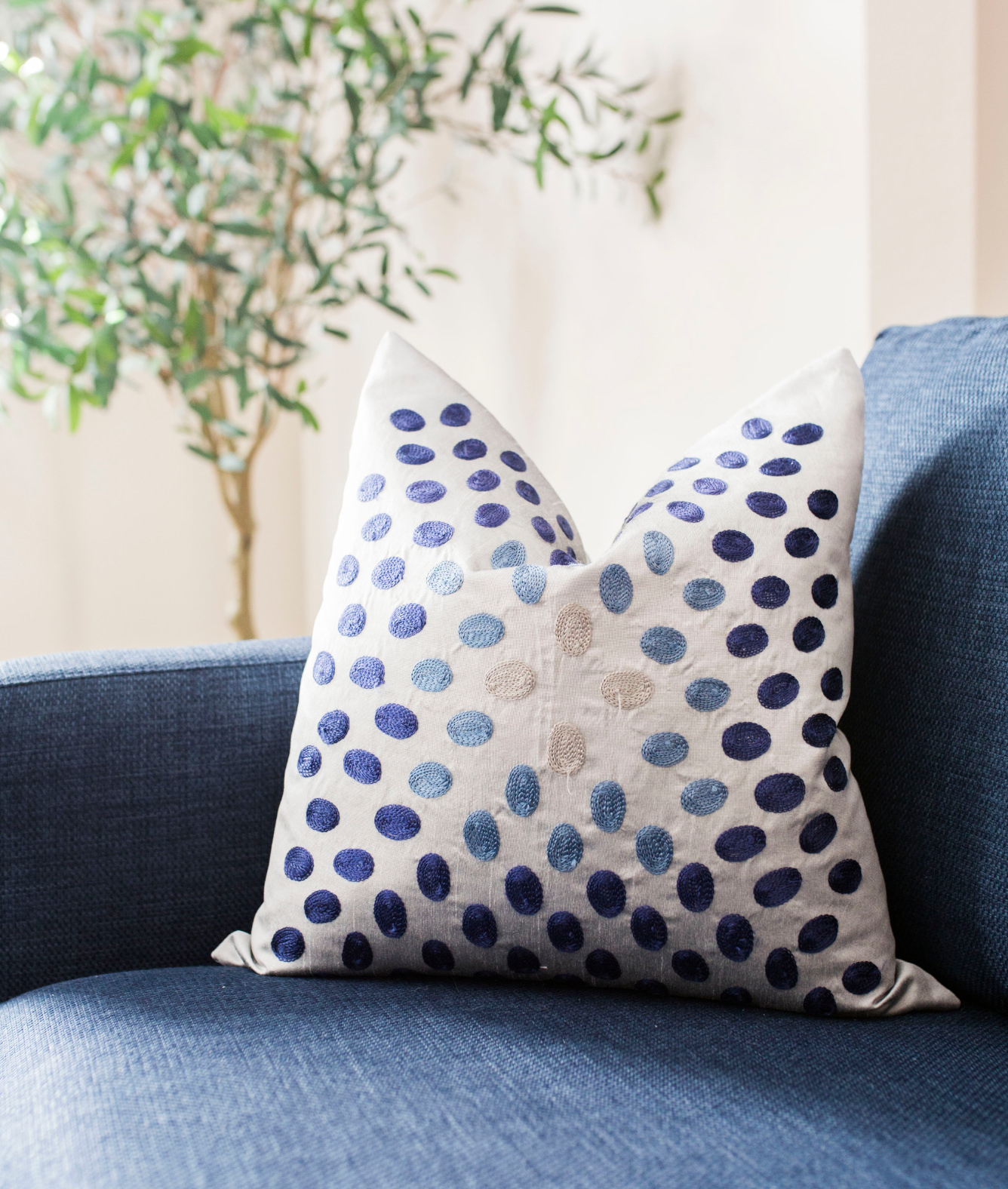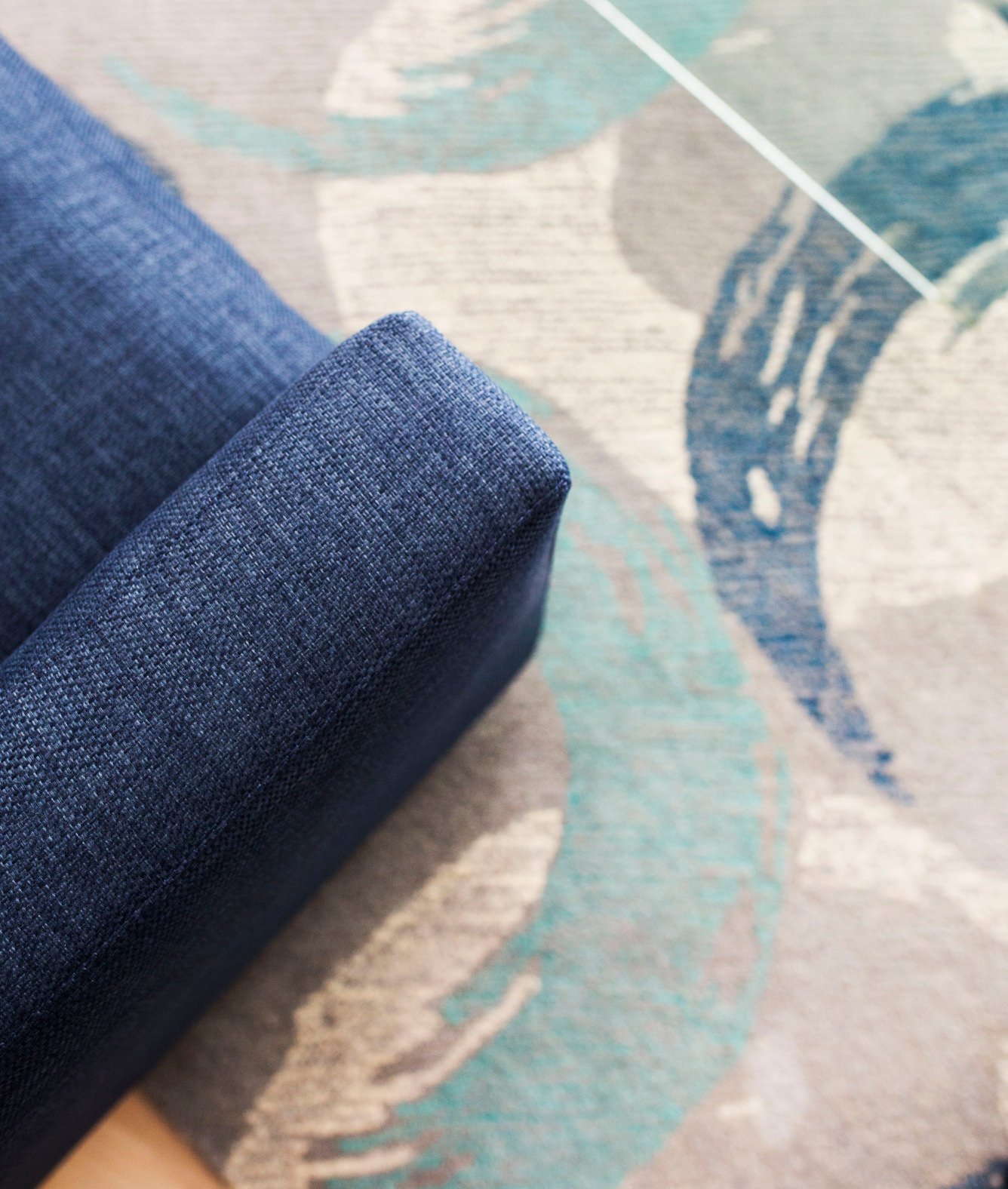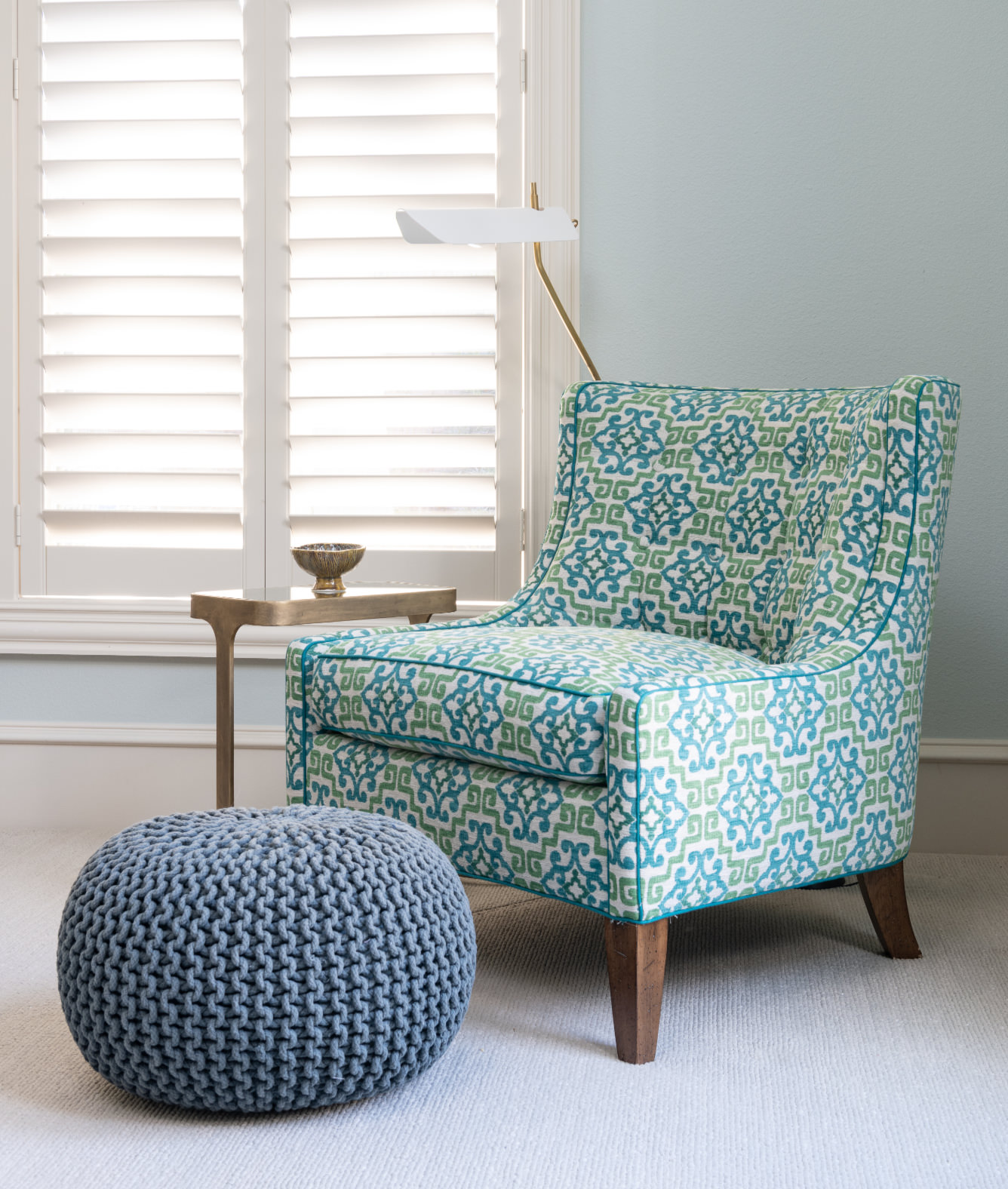Textiles – How to Know What You Are Buying
There’s nothing as daunting as drowning in the world of fabric selections. From smooth silk to vibrant print, the combinations and possibilities are endless. Common interior fabrics include drapery, bedding and linens, soft furnishings, and upholstery. Allow us to help guide you in bringing the right style of fabric elements to your home with 4 helpful tips on how to know what you are buying.
1. Fiber Content

The type of textile is like the fingerprint for a piece. It can tell you all you need to know on its content and construction, processing, and future durability. When it comes to choosing your selection, it really depends on your primary goal. Common natural textiles include cotton, linen, hemp, wool, silk, and leather. Alternatively, some man-made options are polyester, polyurethane (vegan leather), rayon and viscose. If you are seeking comfort, softer textures will be ideal. For temperature sensitive selections for bedding, natural fibers like cotton, silk and linen are best. Natural fibers can keep you cool in the summer and warm in the winter depending on the weave. For other uses like drapery, which offer both functionality and style, choose a look textile that will be the statement piece in the room for years to come.
2. Quality

Branching off material types, the quality of a fabric or textile is also a significant detail to consider and evaluate. Certain materials are better quality depending on the use that it is intended for and its functionality. For example, cotton is very popular for drapes because of its look and function. Another popular selection are polyesters. They have a good drape, are more affordable than silk or linen, and tend to retain color over time. Other items like a throw blanket or pillow have comfort in mind and therefore wool or acrylic is a popular selection here. Silks are best used for accents, especially pillows and drapery. Even though silk upholstery is strong, its costly maintenance is something to consider before purchasing.
3. Choosing the Right Quantity

As much as it would be nice to have a fixed price for fabric expenses, that is not always the case. Because fabric costs depend on the amount needed, it’s imperative to include this in your overall budget. Selecting the right fabric is the first step but determining how much you will need, by the yard, for your project is another significant layer to account for. You may be investing most of your budget in the fabric itself depending on the range of your project. For example, custom drapes need exact measurements and the right amount of material to be completed for perfection. Most other textile projects are based off square footage as well. The most wear or tear a fabric may receive is primarily within any upholstered item. Some examples include high traffic area furnishings, like living room sofas. Because pieces like these receive more consistent or strained impact, the durability of a fabric is just as important as the quantity needed.
4. Prints Vs. Solids

We certainly don’t shy away from vibrant detail, and neither should you! Fabrics are the easiest and best way to rejuvenate a space. With a pop of color or subtle pattern, a unique detail can be layered in to create an eye-grabbing design. When it comes to appearance, one option is to choose between prints and solids. Whether it’s a pattern on your armchair or the bright hues in your throw pillows, don’t underestimate what the right piece can do.
We’re confident you are walking away with a quick checklist on what to consider when making fabric and textile selections. While the possibilities may be endless, when you think about what use you are wanting to accomplish and understand the inherent benefits of the choices, the best option will stand out to you and fit perfectly in your home. Wanting more guidance on how to elevate your space? Make sure to spring over to our contact page to schedule a call today.




